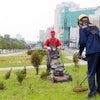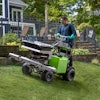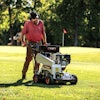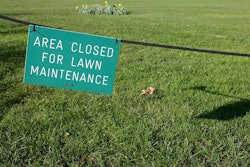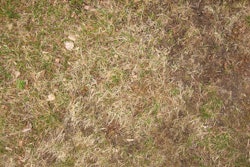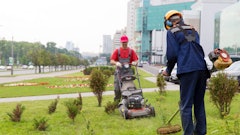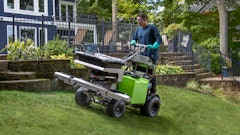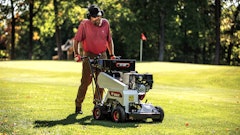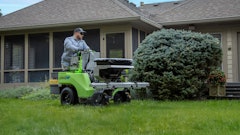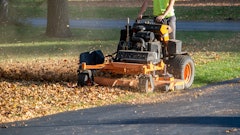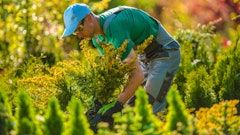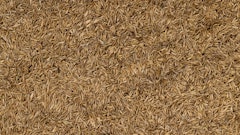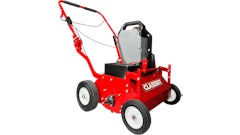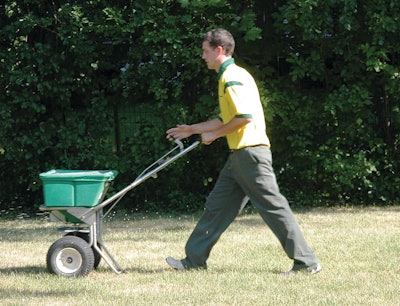
Bob Avenius, TruGreen regional technical manager, reminds us that summer weather conditions often dictate the priorities for a fall turfgrass program, and this year is no different. Fall is the time of year when conditions are right to prepare turf for spring, especially following a drought. The drought has impacted many areas across the county and many turf grasses will require new seeding during the fall season to recover from the drought damage.
Seeding can start as early as mid-August, depending on rainfall received in that area. The drought monitor currently shows that dry conditions will continue to exist and may extend into the fall.
Along with seeding, the right combination of fertilizer and herbicides can take average turfs and make them stand out.
If the turf is brown and there are no water restrictions, continue to water a fourth inch every two to four weeks to keep the crown of the plant alive. This will allow the turf to recover better in the fall. Also, do not mow every week and keep heavy foot traffic off the turf until it recovers.
What To Do This Fall
Seed Your Turf: Cooler temperatures, warm soils and adequate moisture make fall the best time to seed. A turfs condition determines the best approach to take when seeding.
- If the turf is thin with sufficient coverage, then aeration and overseeding might be sufficient.
- If there are numerous bare spots, then a slit seeding is necessary. In severe cases the turf may need to be aerated and slit seeded.
Inadequate moisture often causes problems with seeding. Unlike established turf, seedling turf needs to a have continuous moisture so it doesn’t dry out and die. New seedings need a constant supply of moisture to take root. The key is not to let the soil dry out.
The use of high quality seeds will ensure consistent sod quality and provide seed varieties for a successful restoration of the turf.
Fertilize New Seeded Turf: A key component of seeding is fertilization to establish the seeding more quickly. Apply most of the fertilizer in the fall season.
New seedlings need nitrogen, phosphorus and potassium for best results. Nitrogen is the main nutrient that greens up the turf and provides the turfgrass plant with needed stimulus to thicken and develop a root system. Some cities have regulations regarding phosphorus applications, which may require a soil test. A soil test will determine if the turfs condition may require more phosphorus.
Developing a root system is critical to help turfgrass grow. The benefit of cooler temperatures in the fall is that top growth slows down and allows the root system to develop in warm soils conducive for growth. The last application of fertilizer should be made when the turf has slowed down but before the mower is stored for the winter.
Fall Weed Control: Herbicides – apply broadleaf weed control in the fall when the soils are warm. Weeds will actively take the herbicide and translocate it through the plant. Apply broadleaf weed control only after the newly seeded turf has been mowed a few times. Broadleaf weed control products can be applied fairly late in the season and still receive results. Late applications may not completely control the weeds, but the winter will control the survivors. The turf should be weed-free the following year.
Fall is the best time to reevaluate turf and perform the necessary tasks to create lush, green turf in the spring. A local TruGreen expert can provide more tips for northern turfgrass and southern turfgrass.
